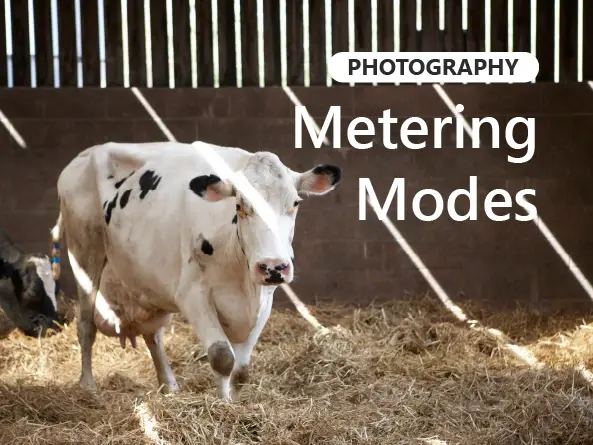How to Use Leading Lines in Photography
- Jul 3, 2024
- 3 min read
Updated: Oct 9, 2024
Photography is an art form that relies heavily on composition to convey a message, evoke emotions, and guide the viewer’s eye through the frame. One of the most effective techniques for achieving strong composition is the use of leading lines. This guide will explore what leading lines are, how to identify them, and how to use them to enhance your photography.
Photo by chybee on FreeImages.com
What Are Leading Lines in Photography
Leading lines are elements within a photograph that draw the viewer's eye towards a specific point, usually the main subject.
These lines can be straight, curved, or even implied, and they help to create a sense of depth and direction within an image. Examples of leading lines include roads, rivers, fences, or even the edge of a shadow.
The Impact of Leading Lines on Composition
Leading lines play a crucial role in enhancing the composition of a photograph. By guiding the viewer’s eye through the frame, they create a visual journey that adds depth and perspective. This technique helps to make an image more dynamic and engaging, ensuring that the viewer’s attention is focused where the photographer intends.
Types of Leading Lines
Leading lines can be categorized into natural and man-made. Natural leading lines are found in elements like rivers, tree branches, or mountain ridges.
Photo by marsjuh_DB on FreeImages.com
Man-made leading lines include roads, bridges, buildings, and pathways.
Photo by BPattison on FreeImages.com
Understanding the different types of leading lines helps photographers to recognize and utilize them effectively in various settings.
Urban environments and natural landscapes are rich with potential leading lines. In cities, look for roads, sidewalks, and architectural elements. In nature, observe the lines formed by rivers, trails, and horizons.
Photo by kovik on FreeImages.com
How to Use Leading Lines
Using leading lines effectively involves more than just identifying them; it requires thoughtful composition. Position the lines so that they lead towards your main subject, creating a path for the viewer’s eye to follow. This can create a sense of movement and flow.
Leading lines are versatile and can be used in various genres of photography. In landscape photography, they can guide the viewer through a vast scene, while in portrait photography, they can draw attention to the subject’s face.
Leading lines can also be powerful tools for storytelling. By directing the viewer’s eye, they can convey emotion and highlight important elements within the frame.
Tools and Equipment
Certain tools and equipment can help to enhance your use of leading lines. Wide-angle lenses are particularly effective for capturing expansive scenes with prominent leading lines. Tripods can help to stabilize your camera and allow for precise composition, especially in low light conditions.
Once you’re comfortable with basic leading lines, you can explore advanced techniques. Experiment with using light and shadows to create implied leading lines, or combine leading lines with other composition techniques like the rule of thirds. This will add complexity and interest to your photographs.
Frequently Asked Questions
How do leading lines improve composition?
Leading lines guide the viewer’s eye, adding depth and making the composition more engaging.
Can leading lines be curved?
Yes, leading lines can be straight, curved, or even implied, depending on the scene.
What are some common sources of leading lines?
Common sources include roads, rivers, fences, tree branches, and architectural elements.
How do I avoid overcrowding my composition with leading lines?
Focus on creating a clear and uncluttered composition where the leading lines enhance the subject rather than compete with it.
Photo by createsima on FreeImages.com
Mastering the use of leading lines in photography can significantly enhance your composition skills. By understanding and applying this technique, you can create more dynamic and visually appealing images that capture the viewer’s attention. Practice regularly, analyze successful photographs, and experiment with different approaches to develop your unique style.
Keep Learning! Check out this related blog post:















